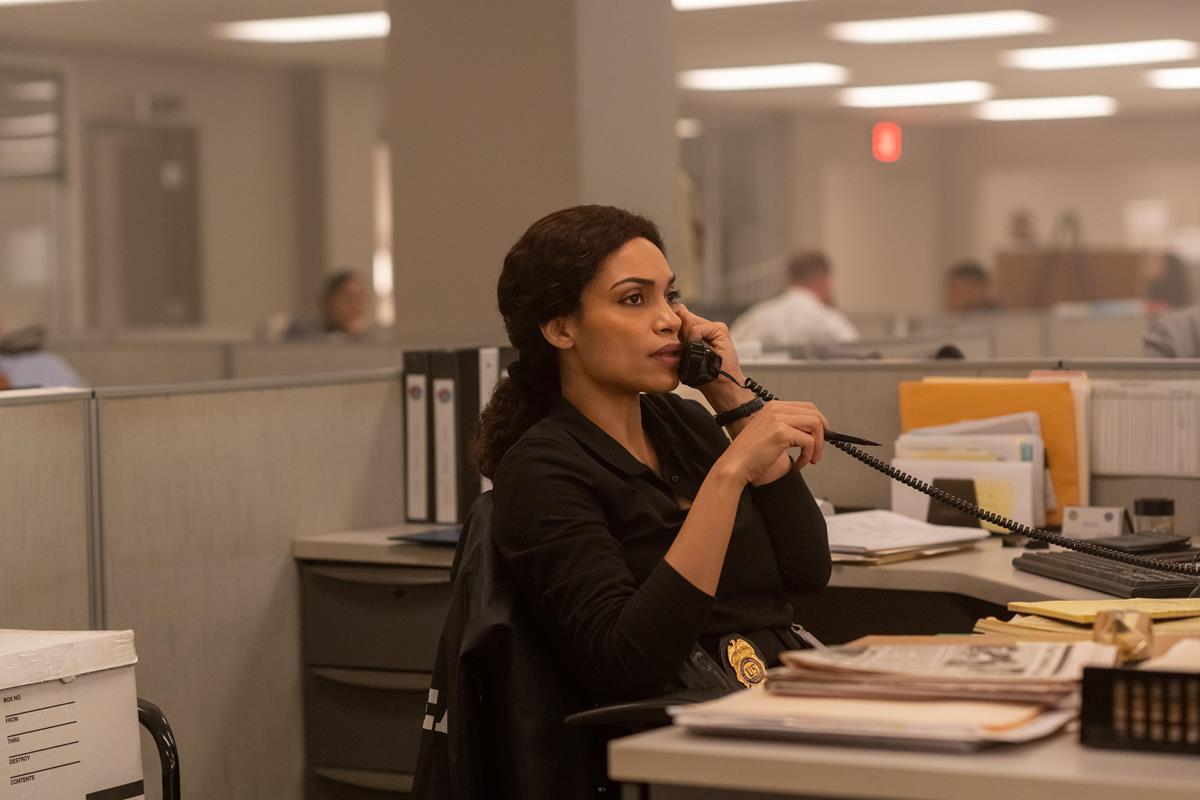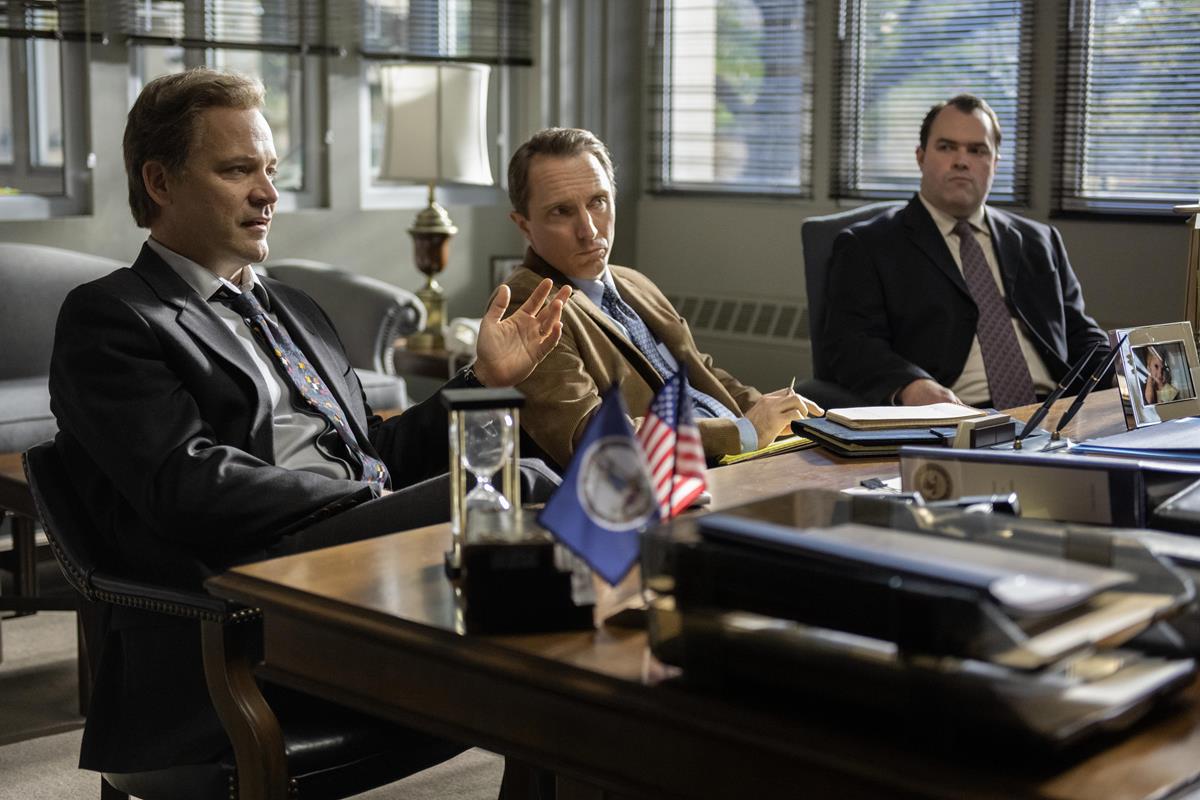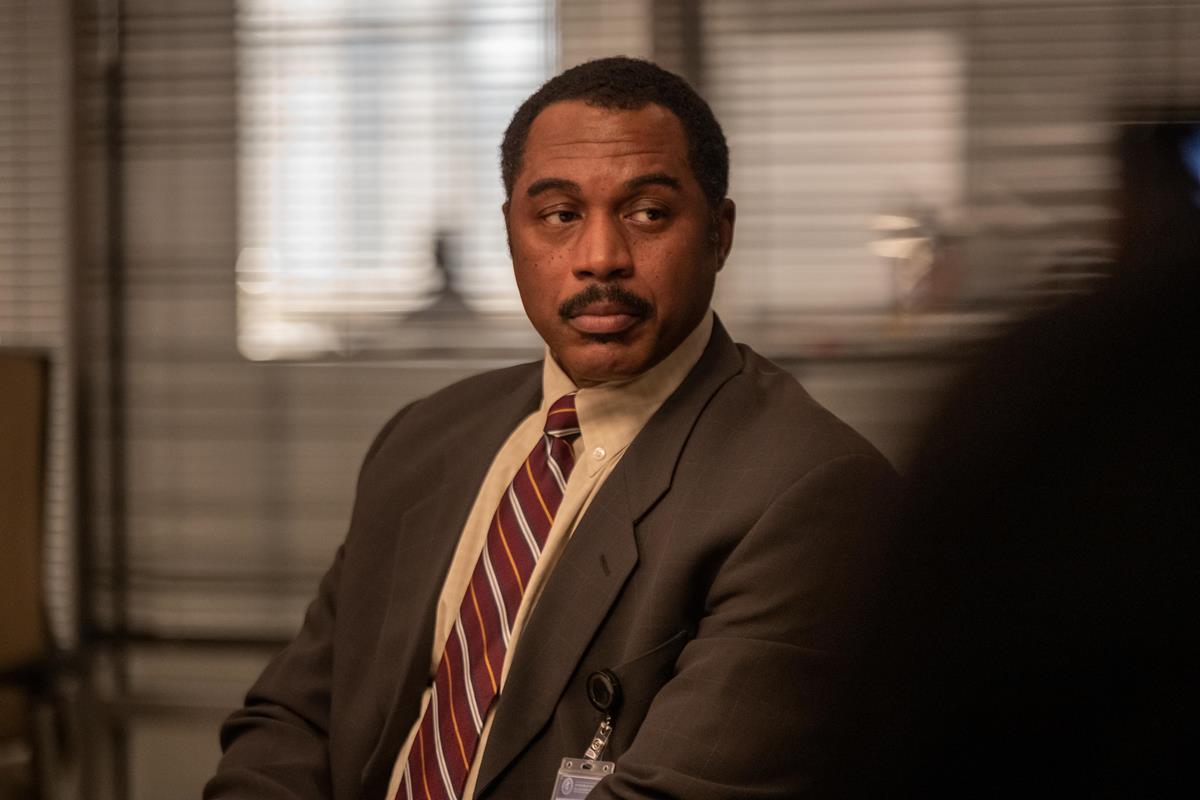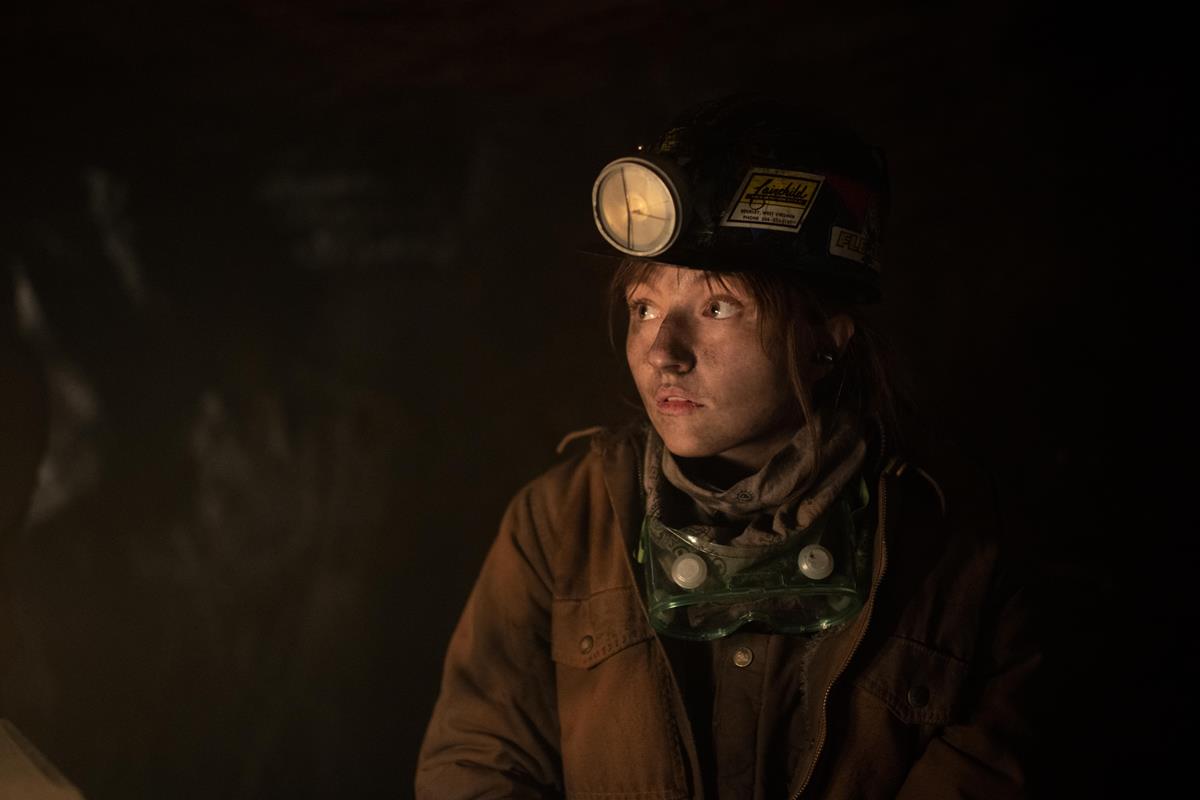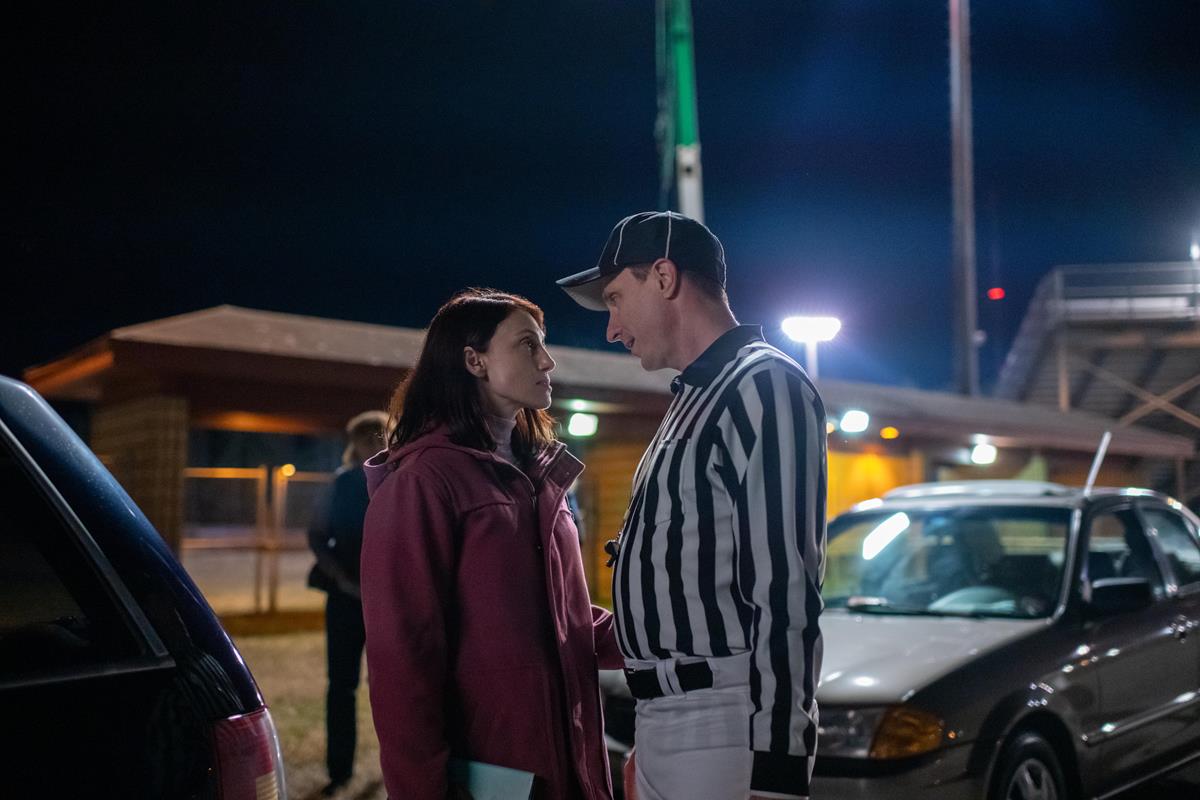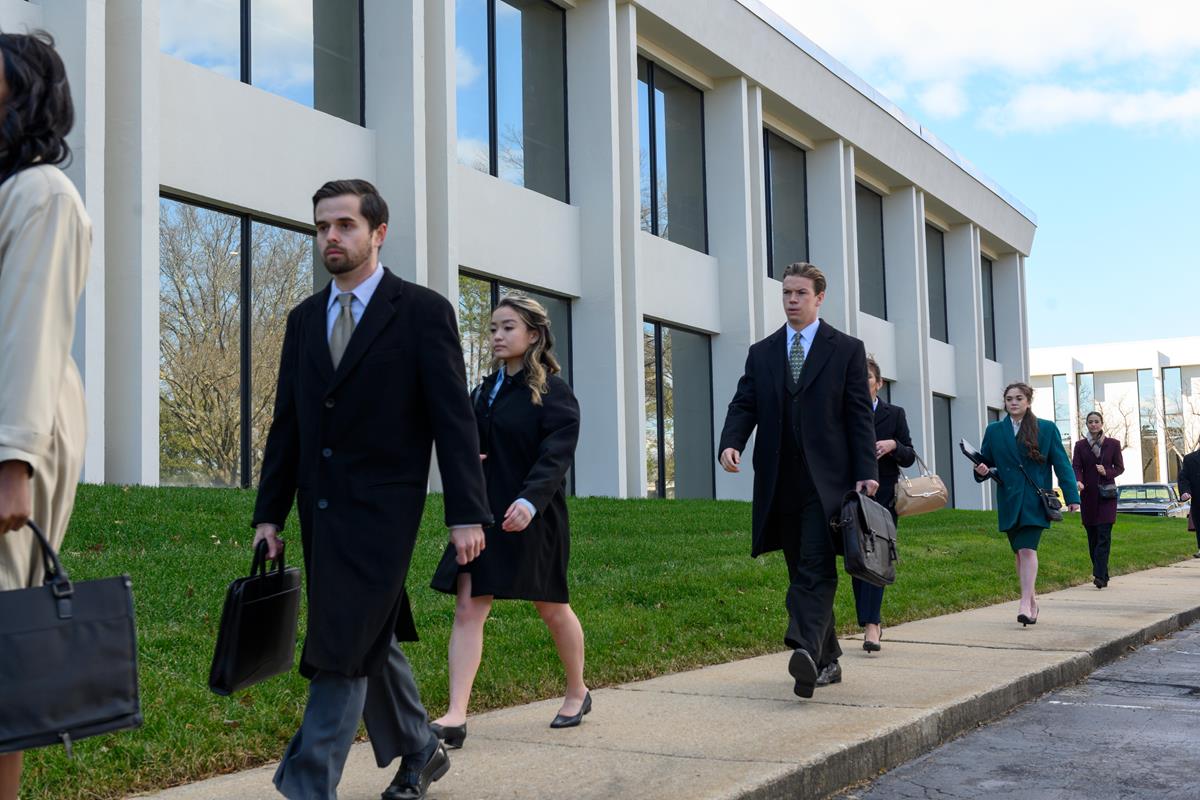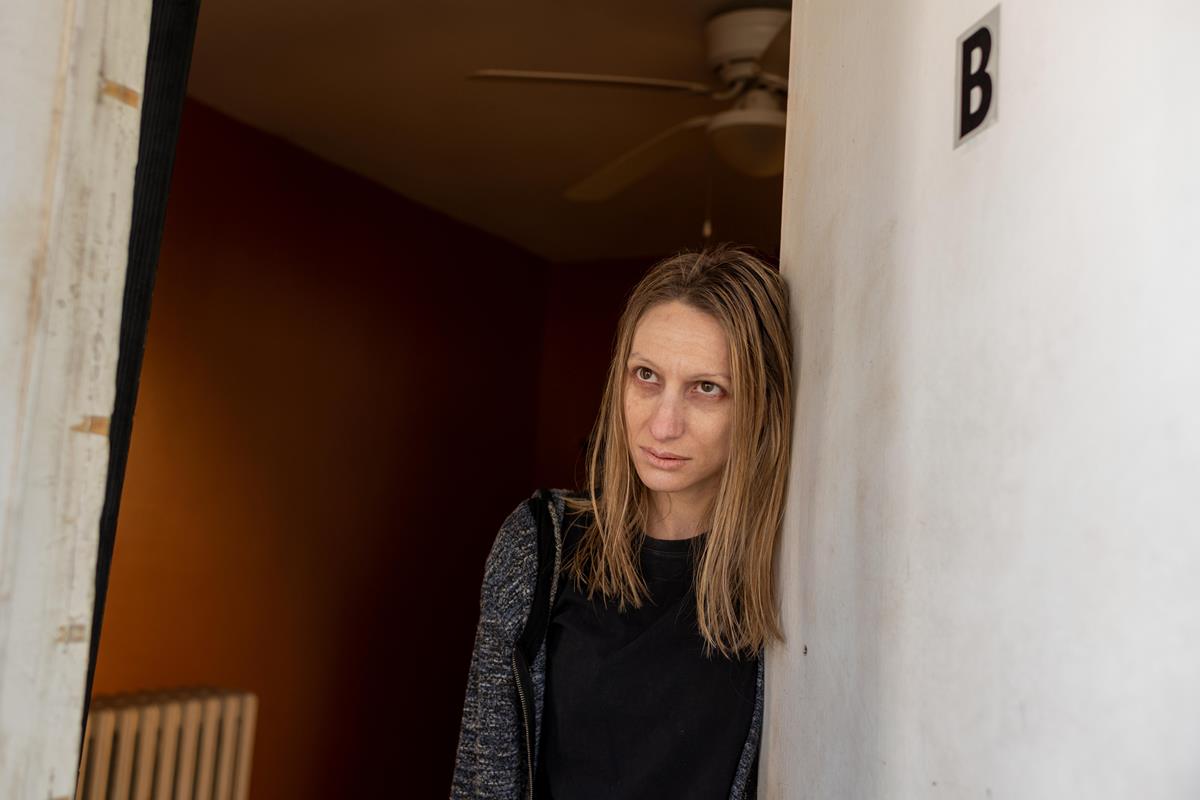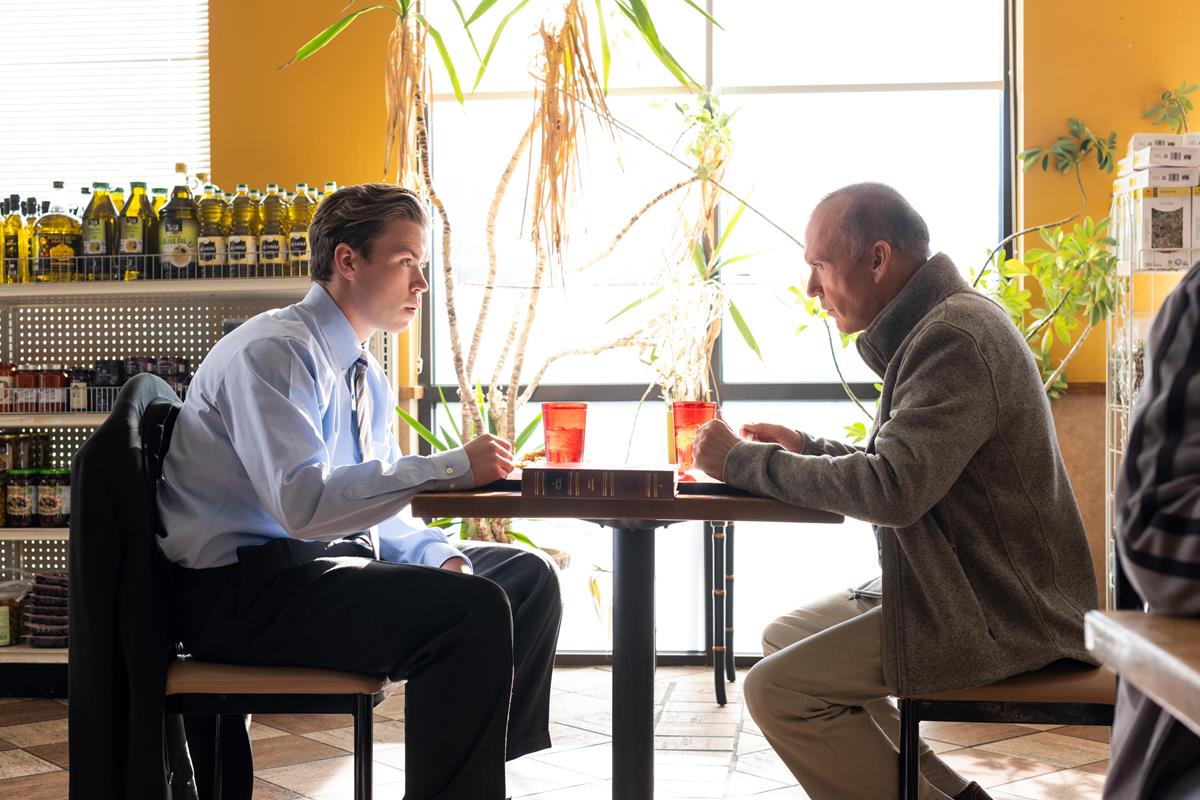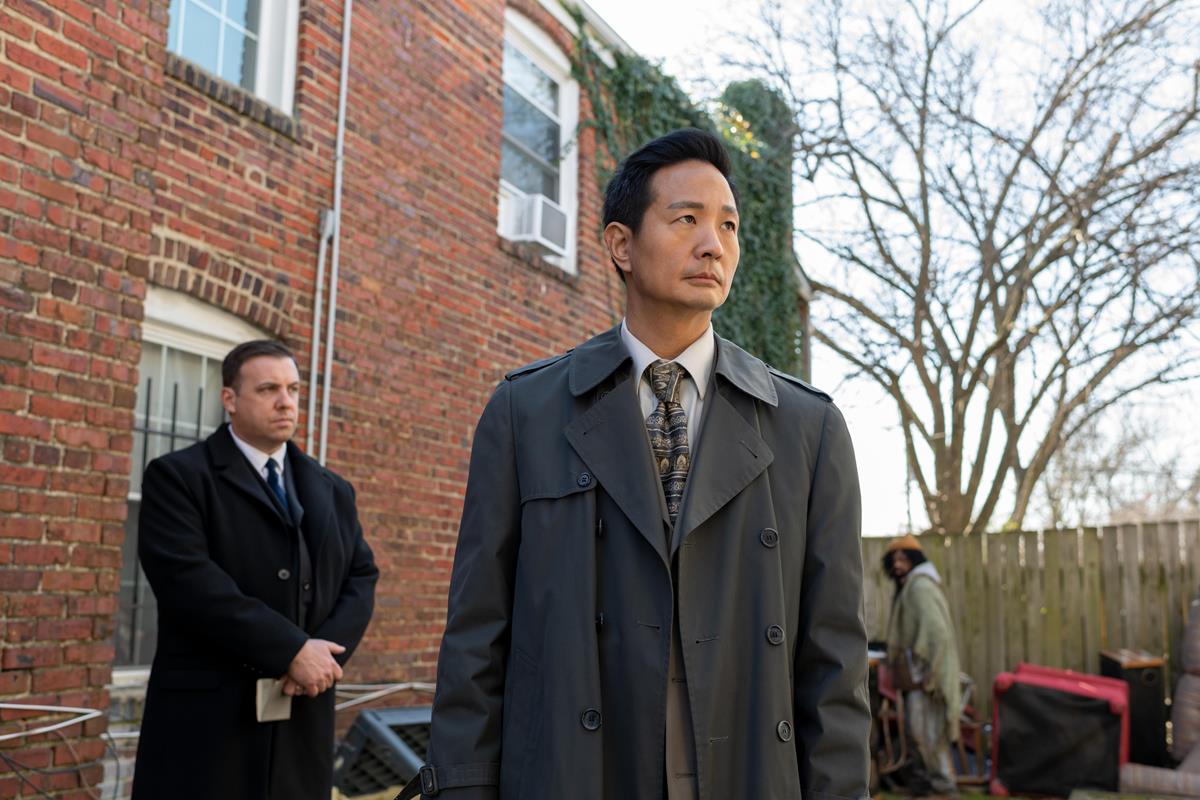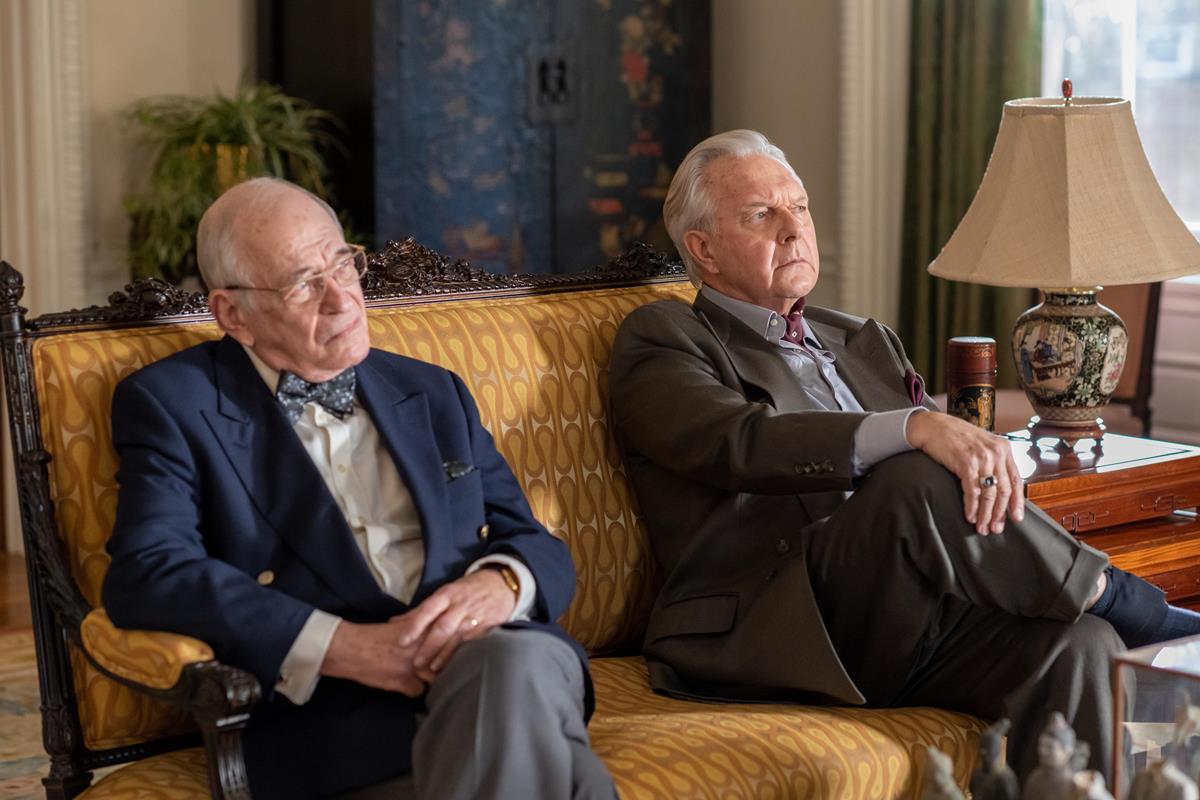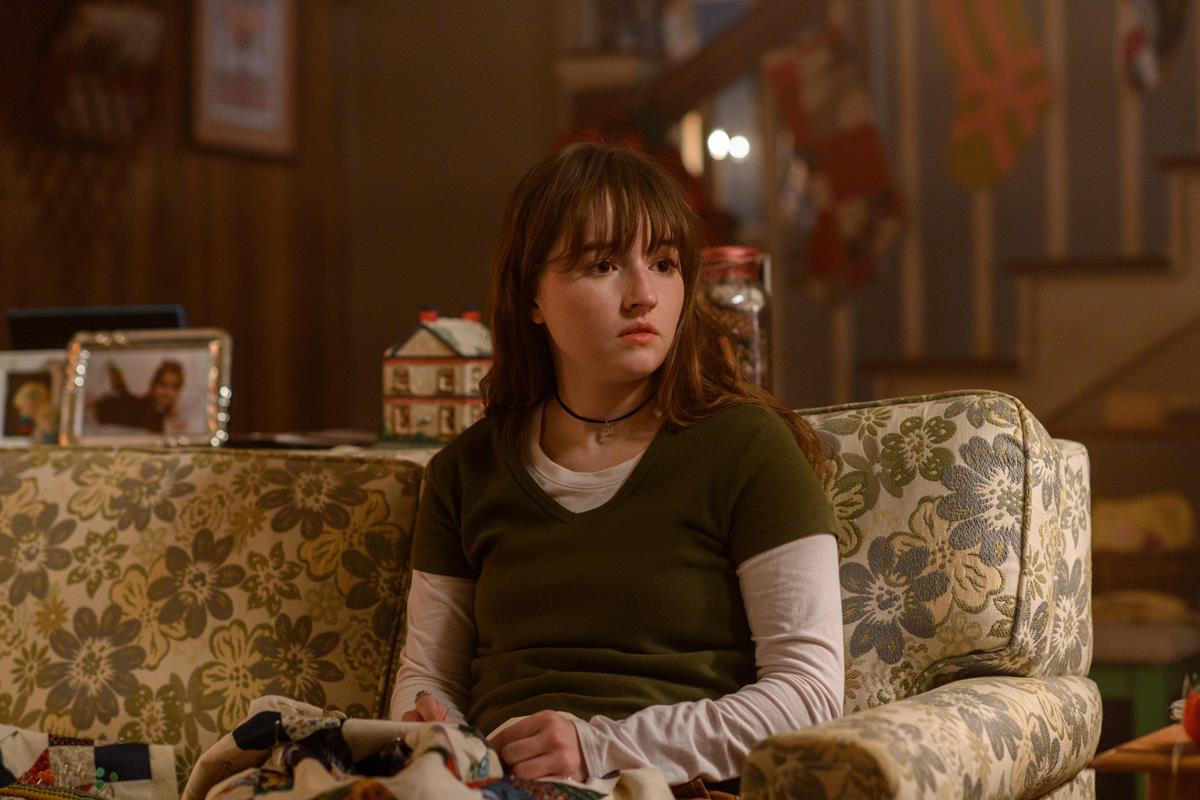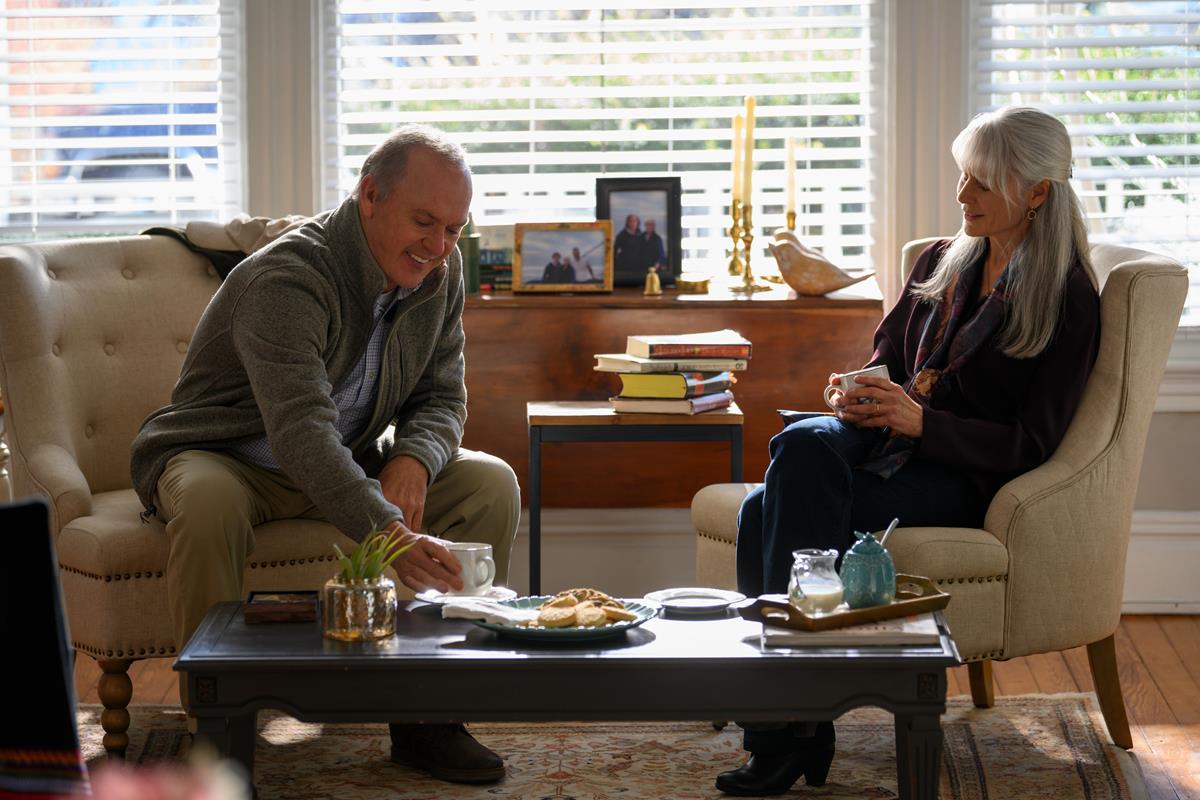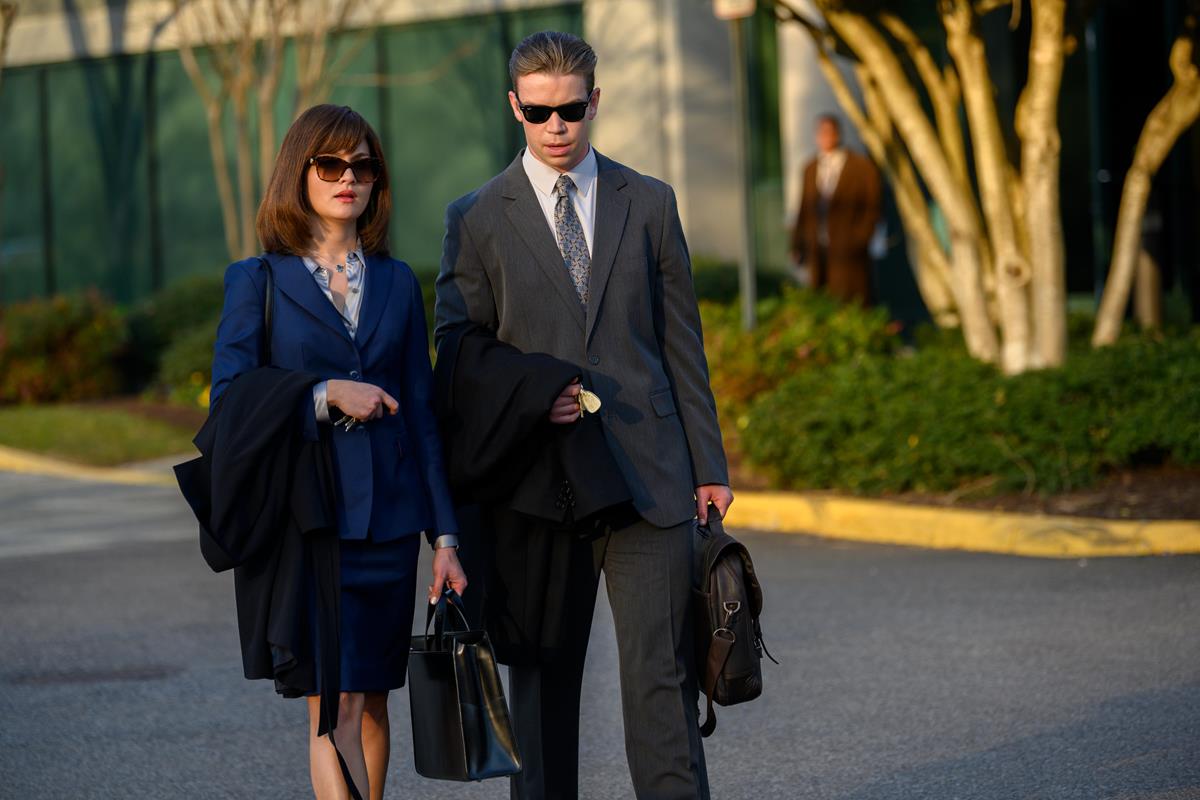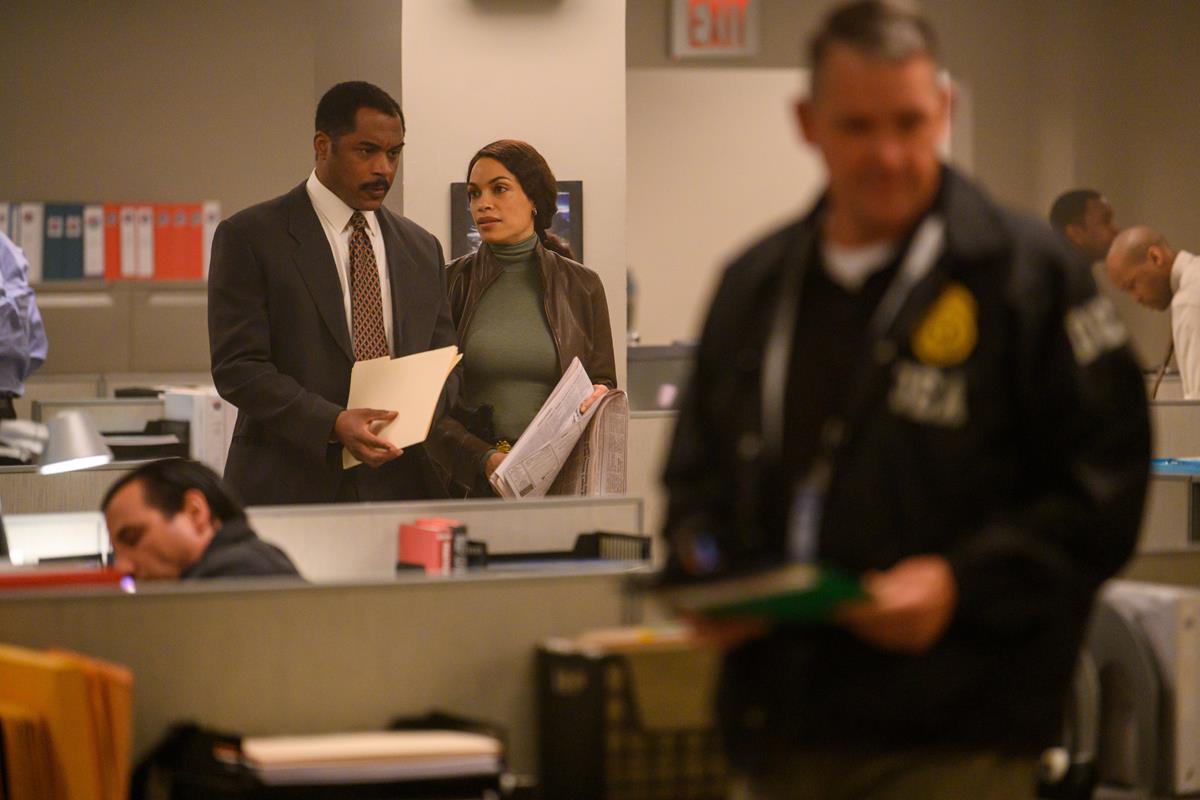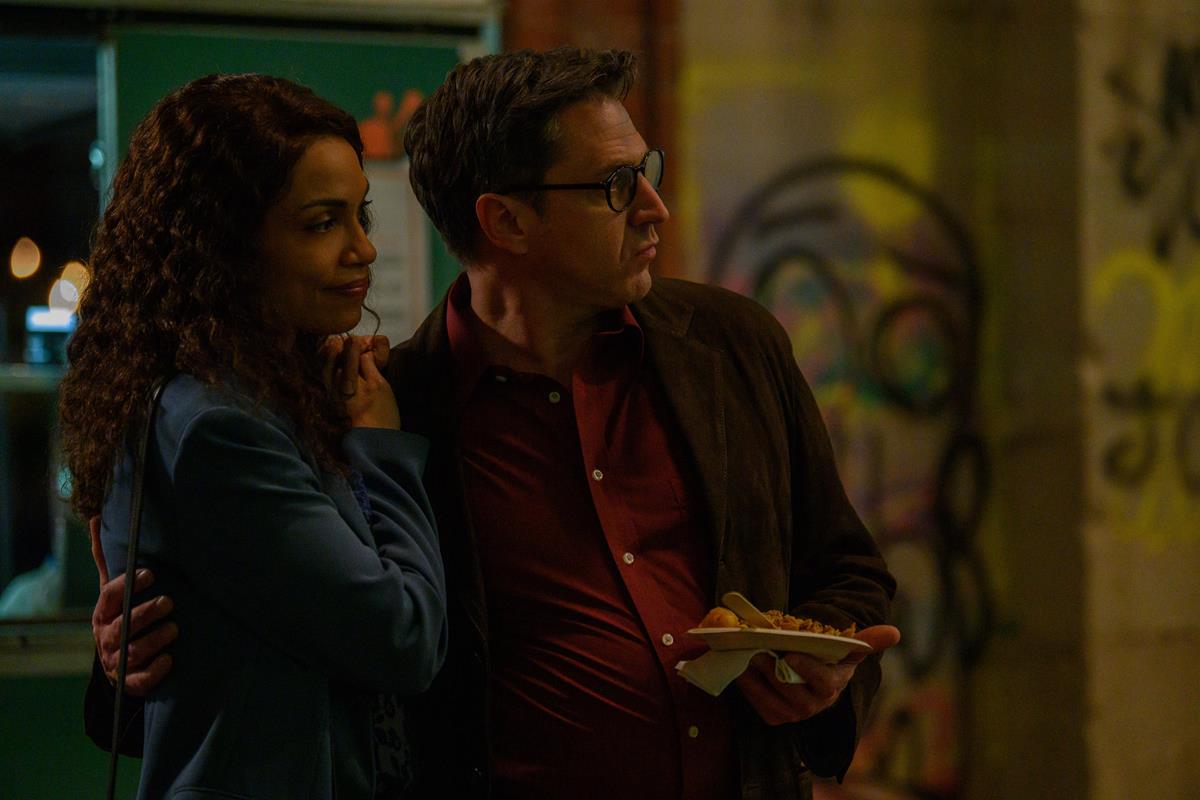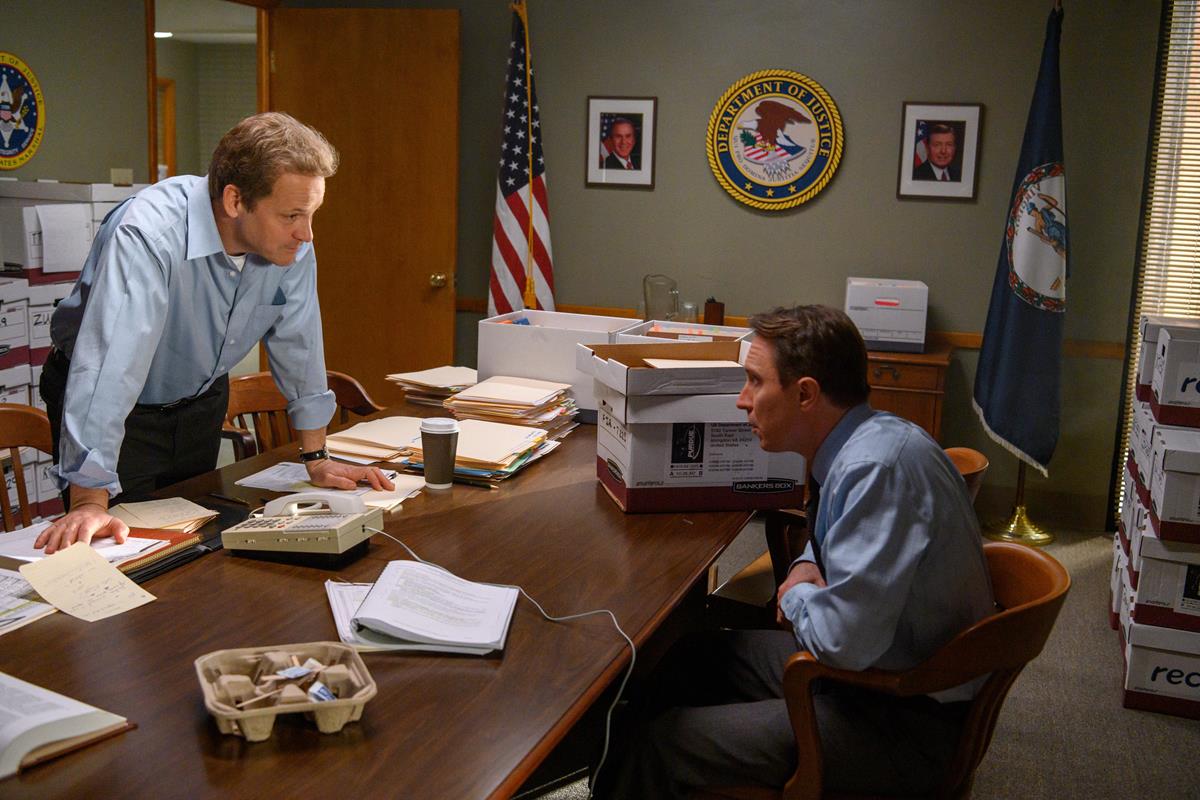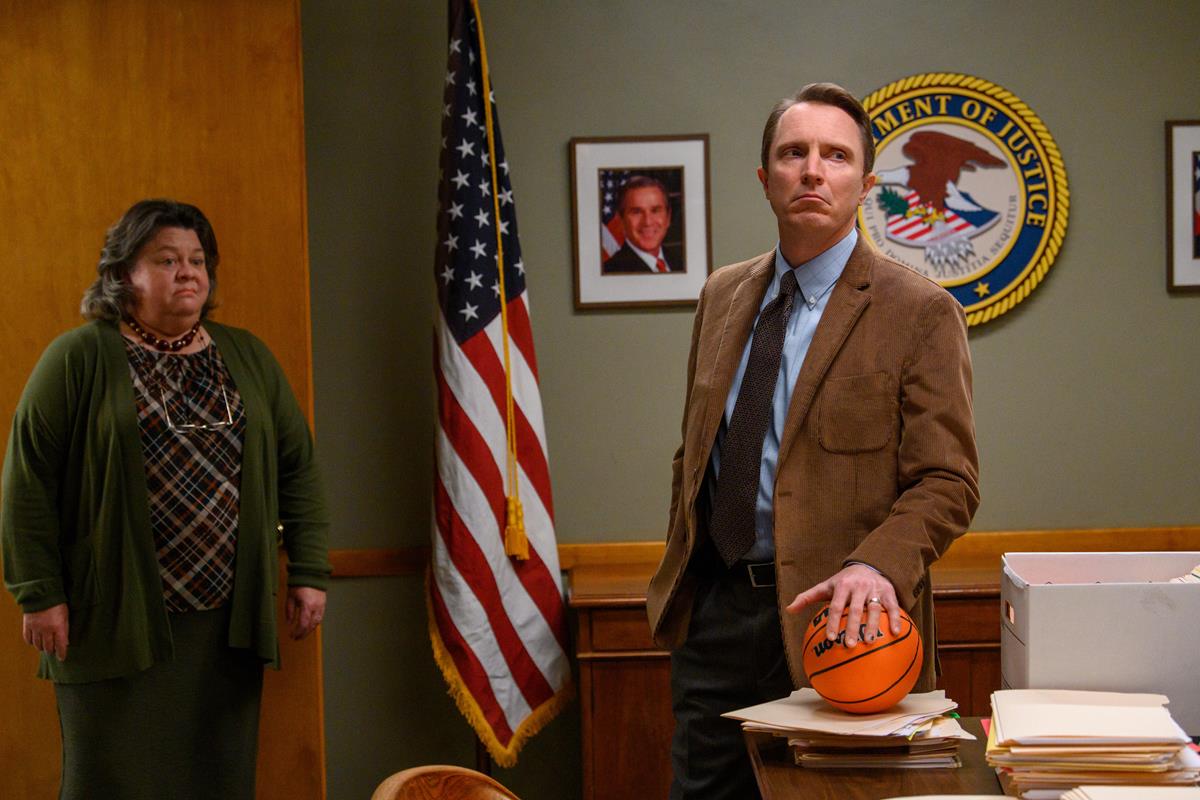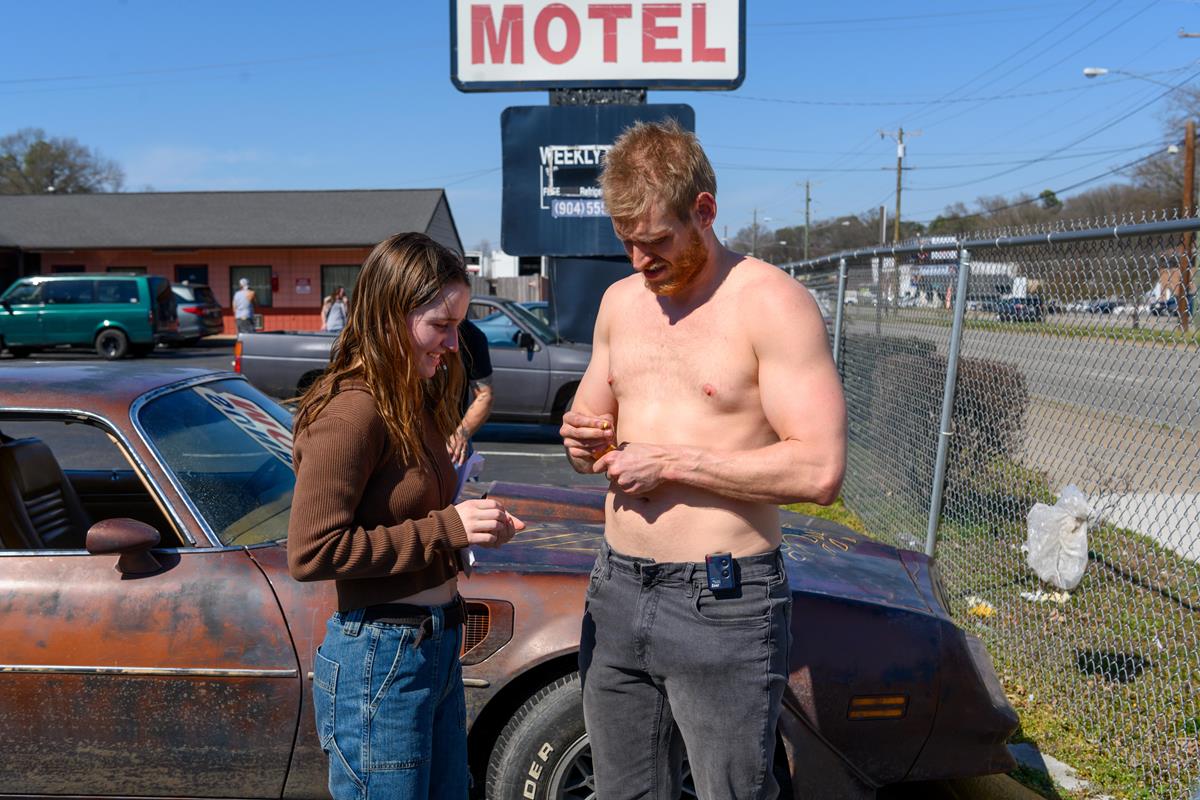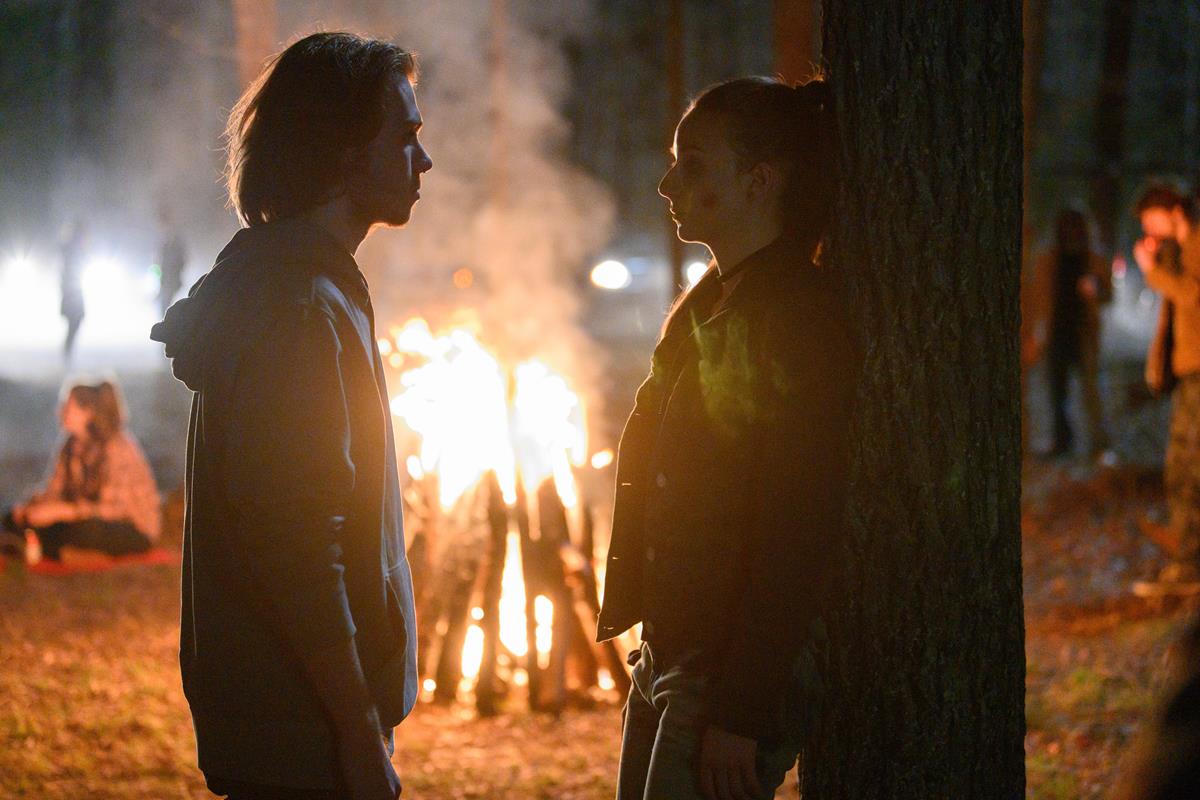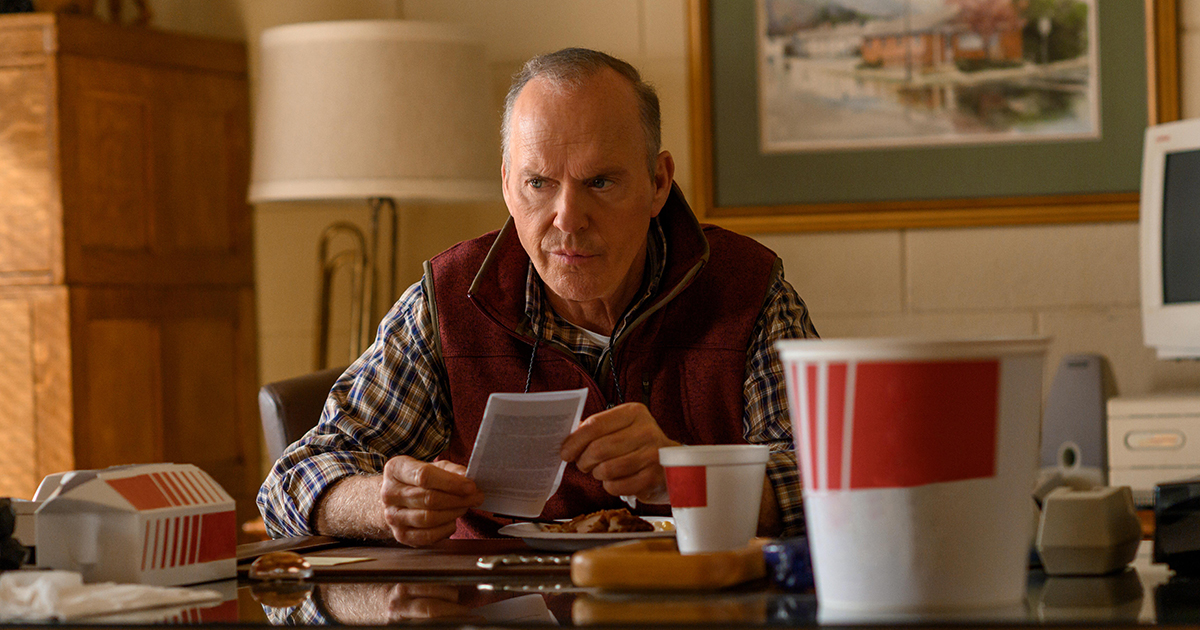
As author Beth Macy says in her 2018 book, “Dopesick,” “When a new drug sweeps the country , it historically starts in the big cities and gradually spreads to the hinterlands. But the opioid epidemic began in exactly the opposite manner.”
The new limited series Dopesick from Hulu dutifully tells the story of Michael Keaton’s small town doctor, Samuel Finnix and his creeping realization, through his patients, that something really bad was happening.
Tim Stevens from The Spool describes the series’ set-up: “The opioid crisis in America is a harrowing slow-motion car wreck of human misery that we remain very much mired in as we speak.
“It’s yet another entirely avoidable self-inflicted wound on our national psyche prolonged by government inaction, corporate malfeasance, and our ongoing addiction to regionalism that allows us to ‘other’ problems until they’re literally on our doorstep.”
READ MORE: Dopesick is a painful, important deep dive into the opioid crisis (The Spool)
In its eight episodes, the story is told from various perspectives: Michael Keaton’s Dr. Finnix is being pushed to prescribe the drug; a young coal miner (Kaitlyn Dever) starts taking it to deal with the pain of on-the-job injuries; the US attorneys (Peter Sarsgaard and John Hoogenakker) and DEA agent (Rosario Dawson) investigating its effects. Then there’s Purdue Pharma and the ultimate owners of the drug OxyContin, the Sacklers.
Writer Danny Strong, however, didn’t find his initial guidance from Macy’s bestselling book, but his direction slammed in to a parallel attempt to tell the story, as he told Vanity Fair. “It didn’t start with the book for me. I was approached by John Goldwyn to write and direct a movie about the opioid crisis, and after researching it, I thought, Oh, this should be a limited series, this is way too big for just a movie.
“I came up with this whole pitch, which is what the show is. Then I went and I sold that pitch to 20th, my studio. Then the sister studio at the same company, Fox 21, not knowing that I had sold this pitch, went and bought the book ‘Dopesick’ in a bidding war.”
The teams subsequently joined up and the book’s author, Beth Macy, joined the writing team.
The next problem for Strong was how to tell this story, as he explained to KCRW. “When you start reading about Purdue’s crimes and the extent of their lies and how they misbranded and manipulated, peddled influence, you just can’t believe it. You just can’t believe what they did.
“The whole story is so shocking, I just had to figure out how to get this told in a mainstream way.”
READ MORE: To create Hulu’s ‘Dopesick,’ Danny Strong fell down the Purdue Pharma rabbithole (KCRW)
Strong also explained his narrative construction problems to Vanity Fair: “First and foremost, I was most interested in the origin story. I found [it] quite Machiavellian. Then there was this US attorney and their case. Their investigation began in 2002; the case settled in 2007.
“So I had all these things that I wanted to do, but they were in different timelines. So what do you do? Do you do it linear, or do you do something that is going in and out of time? You’re investigating something in a present-day timeline, as you’re seeing the crime being committed in the past, and it’s all going back and forth.
“The biggest fear of it was that it was going to be confusing and not work… but then there are times where it’s quite compelling to all of a sudden jump ahead or jump behind based on a piece of information that we’ve just come to understand in a different timeline. It was a lot of me telling Hulu, ‘It’s going to be great.’ Then I go back to my computer, like, ‘Oh, god. I hope that works.’ ”
READ MORE: With Dopesick, Danny Strong Confronts an American Horror Story (Vanity Fair)
Something that helped Strong compartmentalize his fictional build was a quote from Aaron Sorkin. “He has this phrase that I think is so perfect, where he says, ‘It’s not a photograph, it’s a painting.’ That’s what we’re up to here. This isn’t a documentary, it’s definitely a work of art — which I hope doesn’t sound too pretentious, but that’s what it is.
“At the same time, it’s one that is quite accurate and one that even in dramatization, there is a universal truth to what you’re doing so that it’s fair, it’s appropriate.”
The story is so far-reaching that Netflix is preparing it own version based on another book and article. The New Yorker article, “The Family That Built an Empire of Pain,” by Patrick Radden Keefe, and the book “Pain Killer: An Empire of Deceit and the Origin of America’s Opioid Epidemic,” by Pulitzer Prize-winning journalist and author Barry Meier, serve as underlying material for the series, with Keefe and Meier on board as consultants.
In Netflix’s Pain Killer, Uzo Aduba will play Edie, an investigator leading the case against Purdue. Matthew Broderick will portray Richard Sackler, scion of the billionaire Sackler family and senior executive at Purdue Pharma. Production on the six-episode limited series will begin this year in Toronto.
READ MORE: Uzo Aduba & Matthew Broderick To Star In ‘Painkiller’ Netflix Limited Series About Opioid Crisis; West Duchovny, Dina Shihabi & John Rothman Also Cast (Deadline)
NOW STREAMING — BEHIND THE SCENES OF FAN-FAVORITE SERIES:
As the streaming wars rage on, consumers continue to be the clear winners with an abundance of series ripe for binging. See how your favorite episodics and limited series were brought to the screen with these hand-picked articles plucked from the NAB Amplify archives:
- True (True) Crime: Making Dennis Lehane’s “Black Bird”
- How “The Staircase” Is a True-Crime Drama in All the Ways
- “Ms. Marvel” (Literally) Brings Some Girl Power to the MCU
- “Severance:” Now, About Solving the Work/Life Balance…
- “Dark Winds:” Developing a New (Overdue) Detective Genre
But even though Purdue Pharma was dissolved recently in a bankruptcy settlement that cost its owners, members of the Sackler family, $4.5 billion, Strong still feels that there is an apparent injustice. “The story never ends, and it feels like they always get away with it. They just always get away. They have been publicly shamed in a way that is staggering. I don’t know any family or individual in corporate America that has gotten the publicity and the backlash [they’ve gotten].”
Nominated for the 2022 Emmy Award for Outstanding Cinematography for a Limited or Anthology Series or Movie, cinematographer Checco Varese was recognized for his work on the Dopesick episode, “Breakthrough Pain.”
In an interview with IndieWire’s Erik Adams and Chris O’Falt, he discusses the use of the Sony Venice digital cinema camera and the Sony FX-3 in combination with Zeiss lenses:
“Dopesick is a human drama of villains, victims and heroes, and also a drama of despair and hope. The cinematography — I thought — had to be the eyes of the audience. We had to reflect on the story and not get caught in the look or the camera or the lighting,” he said.
“By the same token, the audience had to be visually intrigued and engaged constantly,” Varese continues. “The choice to use the Sony Venice — and the FX3 — was based on the ample latitude, high ISO, and beautiful color rendering — the story took place mostly on the East Coast, with its blue skies, green foliage, and snowy fields and the Sony portrays that world wonderfully.
“The choice of lenses was equally important — the Zeiss Supremes are beautiful and to me, they reflect ‘life without a patina of authority.’ It’s like you are taking the audience inside the story without telling them what to feel. We shot Dopesick in large format and that gave us a wonderful fall off (the lens was mostly wide open 1.9) so we could choose where to have the audience attention (focus). I’m very pleased with the combination of tools.”
READ MORE: Emmys 2022: Cinematography Nominees on How They Shot the Year’s Best Shows (IndieWire)
Want more? In the video below — part of Gold Derby’s special “Meet the Experts” DGA panel for Directors Guild of America nominees — Barry Levinson talks about creating “a sense of drama, but not melodrama” for the plot of Dopesick:
Or watch this in-depth interview with cinematographer Checco Varese at Go Creative Show. Learn about the evolving color palette of Dopesick, the importance of dailies, cinematography of people under the influence, lighting an entire house for a continuous shot, and much more.
Varese was joined by showrunner and executive producer Danny Strong, re-recording mixers Nick Offord and Ryan Collins, and editors Chi-yoon Chung and Douglas Crise in a roundtable discussion for In Creative Company about America’s deepening opioid addiction crisis and how Dopesick was brought to the screen:
And here, Jon Stewart Presents “Dopesick” with a Peabody Award:


